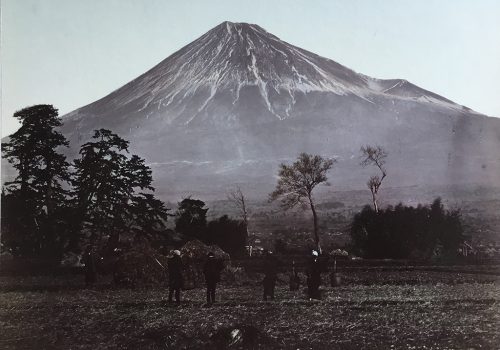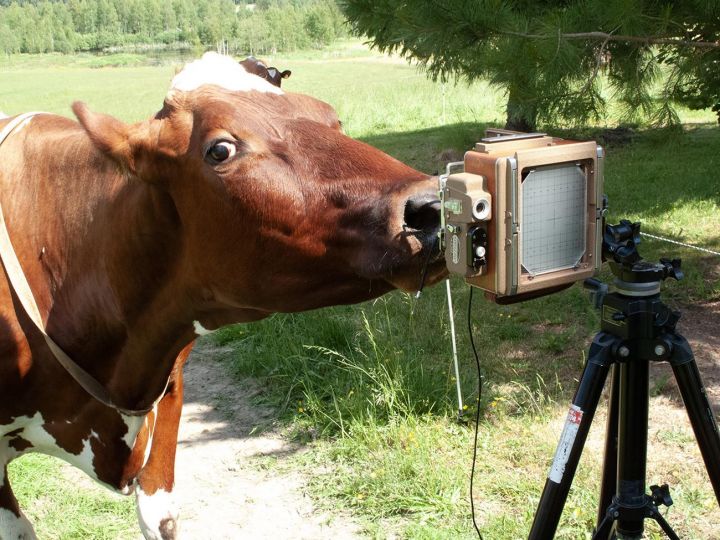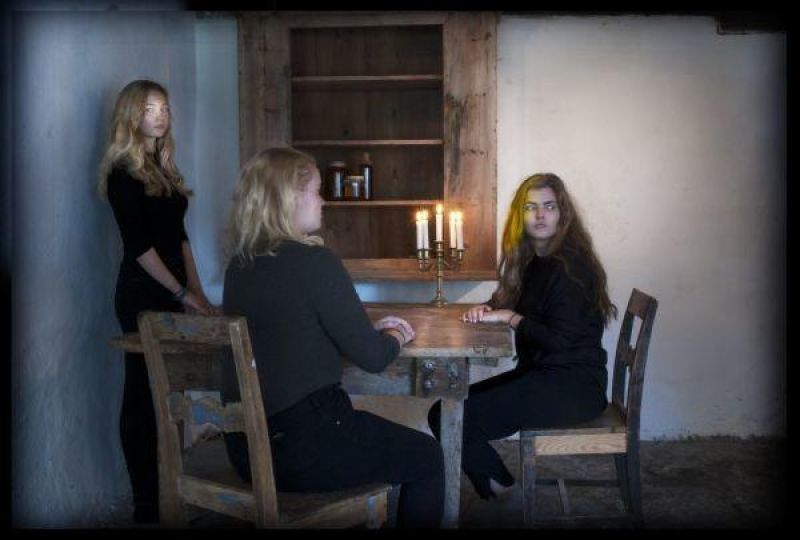On 18 – 19 May, the Special Edition of The London Photograph Fair returns to The Great Hall at King’s College, adjacent to Somerset House. The fair, which coincides with Photo London, is the only established fair devoted to vintage photography in the UK.
This year, inspired by the famous Japanese artist and printmaker Hokusai’s famous print series, “36 Views of Mount Fuji”, Daniella Dangoor will present an exhibition 36 rare photographic views of Mount Fuji, taken in the 19th and early 20th centuries by a diverse group of photographers, including Felice Beato, Herbert Ponting, Kusakabe Kimbei, Baron von Stillfried and Adolfo Farsari.
Dangoor explains, “Fuji is the highest, most beautiful, most famous mountain in Japan. Its height, the symmetrical curvature of its slopes and its solitary grandeur, have made it one of the most famous mountains in the world. It’s a dormant volcano, an isolated cone 12,365 Ft in height, tapering from a circumference of over eighty miles at its base to two and a half miles at the summit. The last eruption took place over 300 years ago, but it cannot be accounted extinct for at the north east side of the mountain crest the ground is so hot in places that in cold weather steam may be seen rising from the ash.
Far from repetitive, each view reveals yet something new, says Dangoor, “According to an old Japanese encyclopedia called The Wakan Sansai Dzuye, “in looking at it from anyone of the eight provinces that surround it its appearance is never different. Its summit is the shape of an eight-leaved lotus flower, and it shows three peaks however one faces it”. However, every hour of every day paints a different picture of the mountain. “There is the Morning Fuji, shaking off the mists of night; the Midday Fuji, with a belt of cumulous cloud floating across its waist; the Sundown Fuji, a symphony of pink and violet … and a hundred other phases for the mountain is never twice alike… The snowcap is seldom more than a day or two the same shape. The wind and the sun are constantly at war with it.”
For the British photographer Herbert Ponting (1870-1935), best known as photographer and cinematographer on Robert Falcon Scott’s disastrous expedition to the South Pole, encountering Mount Fuji would be the highpoint of his life. In his book “In Lotus Land Japan”, published by MacMillan & Co. Ltd,1910, he describes how he made his way up towards the summit of Otome-toge, a mountain pass 3333 Ft high, and between it and Fuji there are twenty miles of space.
During the entire walk the barrier range of Hakone forms a natural wall that completely conceals the view of Fuji. Upon reaching the summit the supreme peak appeared before his eyes, dazzling him. Ponting writes, “To see Fuji for the first time like this must surely be the moment of one’s life; those who can say that such was their experience are indeed to be envied; they will certainly never forget it. The miles of intervening space give the lower slopes an exquisite lilac tint … as it timidly gives way to the petals of the great snow blossom that hang from the skies above. It is a glorious sight, but one before which the art of man is powerless, for the scene is too vast and too far reaching for him to reproduce it by any craft he knows.”
















